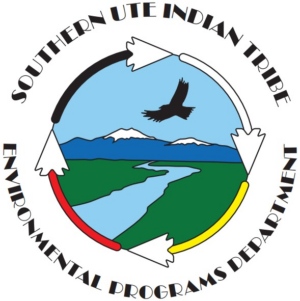Nonpoint Source Pollution
Nonpoint source pollution occurs when runoff from rain or snow melt flows moves across the land. The runoff picks up anything and everything found on the land, which can include pollutants of many forms (excess nutrients from fertilizers, oil from cars, storm water runoff from construction sites, unmaintained septic systems, etc.). These pollutants are then carried into water bodies, and their concentrations rise as each stream flows into the next. Nonpoint source pollution cannot be regulated through The Clean Water Act and is administered by the EPA’s nonpoint source program.
The SUIT nonpoint source program works to improve water quality on the Reservation through stream and riparian habitat restoration projects, education and outreach on nonpoint source pollution issues, as well as land management improvements through collaborative efforts. Since 1996, the §319 program has implemented Agricultural best management practices on over 900 acres of land and has completed fifteen restoration projects in watersheds throughout the Reservation.
Stream Restoration
View the 319 Stream Restoration Story Map
Degraded streams and riparian areas are a large contributor of nonpoint source pollution. Many streams and riparian areas on the Reservation are degraded due to hydromodification (the alteration of hydrologic characteristics of a water body), agricultural impacts, road disturbance, and other activities. Streams that experience excessive erosion due to instability contribute large amounts of sediment to the watershed. This can adversely affect aquatic life and have negative effects on the dynamics of the stream. Excessive bank erosion is not only an issue for water quality, but can also impact agricultural land, structures, and roads. Healthy riparian areas are not only good for water quality but also provide essential habitat for many important species of plants and animals as well.
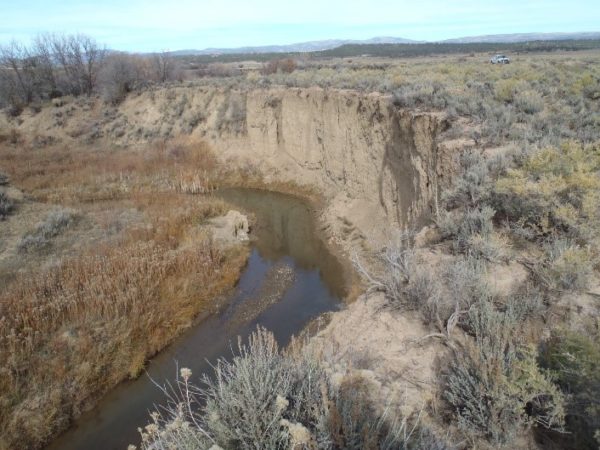
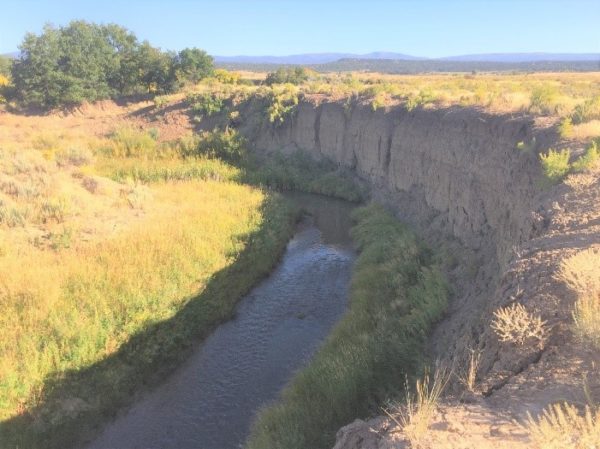
Photos showing before and after restoration efforts by the nonpoint program on Beaver Creek
Agricultural Best Management Practices
Application for Funding – Cost-Share Agricultural Project
Since 2004, the SUIT §319 program has utilized EPA grant funds to implement agricultural best management practices (BMPs) on Tribal and private land on the Reservation. The program provides improved irrigation equipment (typically gated pipe), riparian exclusion fencing, field filter strips, and off-stream watering sources. Currently, there are 45 active participants that use the BMP’s on approximately 975 acres. Most of the projects fall within Pine River watershed. Annually, the implemented BMPs reduce approximately 1,237 pounds of nitrogen, 133 pounds of phosphorous, and 31 tons of sediment from entering the creeks and rivers on the Reservation. If you or someone you know may be interested in implementing agricultural BMPs, please contact the nonpoint source program.
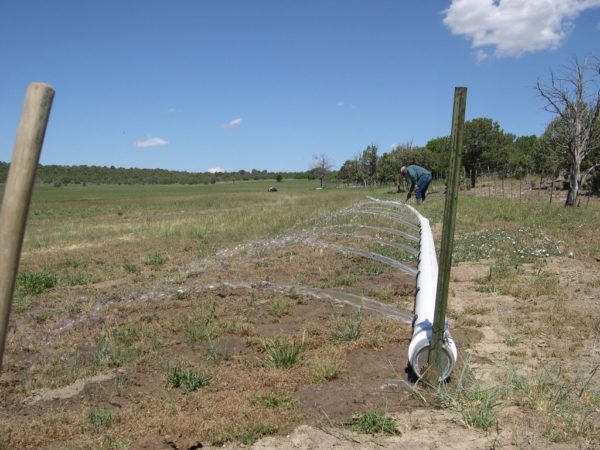
Gated pipe used to improve water use efficiency and reduce runoff to streams
Education and Outreach
Because water pollution cannot be reduced without community involvement and participation, the nonpoint source program offers education and outreach activities whenever possible. Education and outreach are essential to changing attitudes, modifying activities, and bringing awareness to the local community that will improve water quality in the long term. If you would like to learn more about nonpoint source pollution or would like to discuss education opportunities, please contact the Water Quality office.
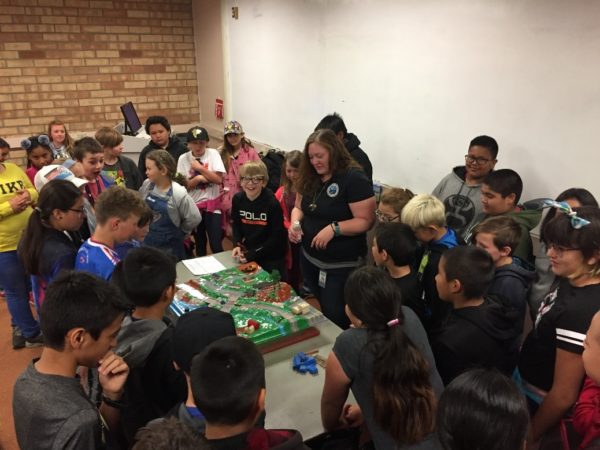
Water Quality staff teaching about nonpoint pollution at Children’s Waterfest

